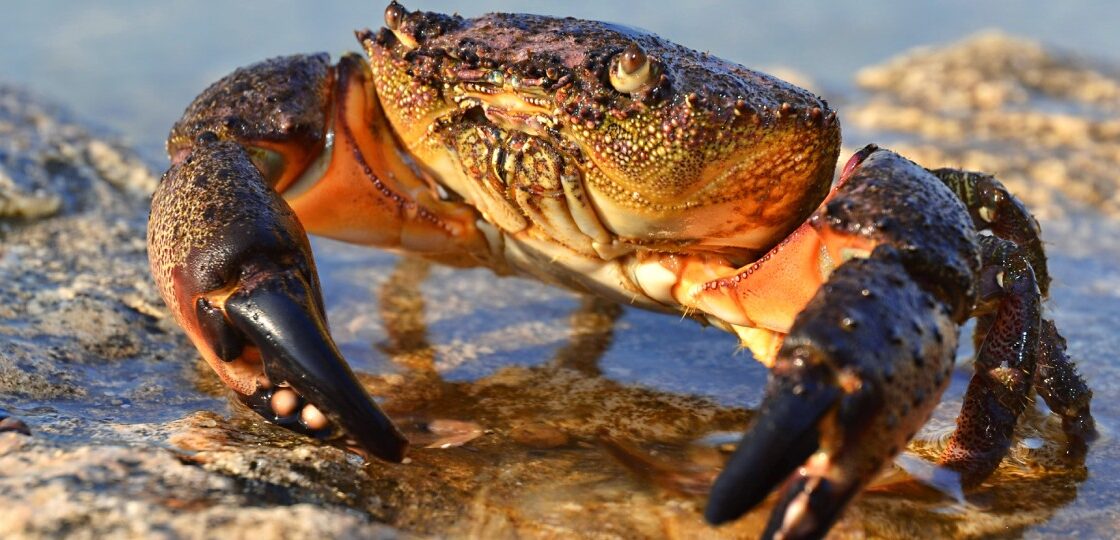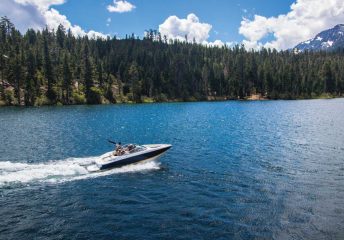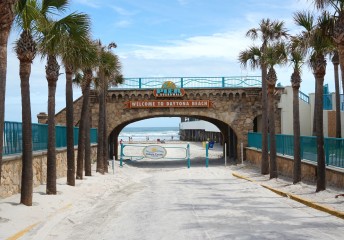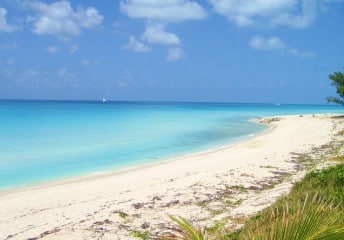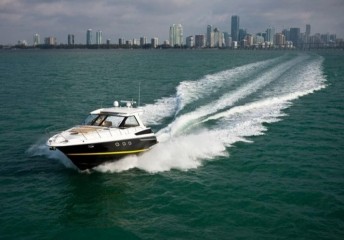Best Crabbing Locations in Florida
Last Updated on July 16, 2024 by Boatsetter Team
Ready to try crabbing in Florida? Capture those tasty critters in these top locations.
Stone crabs are a hot commodity in Florida, and if you want to enjoy some claws, you’ll have to pay top dollar—or catch your own. But catching those feisty critters is no small task. First off, you’ll need to own or rent a boat in Florida, in order to get to the open waters where they live. Then you’ll have to either trap the crabs or dive for them using snorkel or scuba gear. Once you catch a crab you can snap off those tasty claws, but you’ll need to catch a bunch of them to make a full meal.
When choosing a boat for crabbing you have plenty of options, but some styles do work better than others. Center console boats are a top choice since they have plenty of open deck space and are relatively easy to clean up. If you stay in protected waters, a pontoon boat may also serve you well. In truth you can make just about any boat work, as long as there’s space to pull a trap or a swim platform to dive from.
The Florida Keys
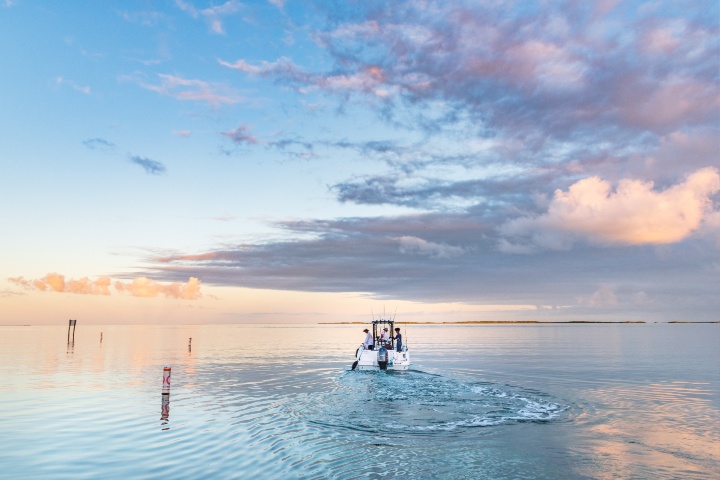
The Keys are one of the best places in all of Florida to hunt for stone crabs. Rocky areas, grassbeds, and channel edges can all be good spots, and bridge pilings can be another stone crab hotspot. They’ll often be in fairly shallow water of eight to 15 feet and sometimes in even shallower depths, but may also be found down to 30 or so feet at times. You’ll find stone crabs from Key Largo clear down to Key West so choosing a specific location in the Keys isn’t a make-or-break decision.
Rent a boat in the Florida Keys.
Cape Coral and Fort Meyers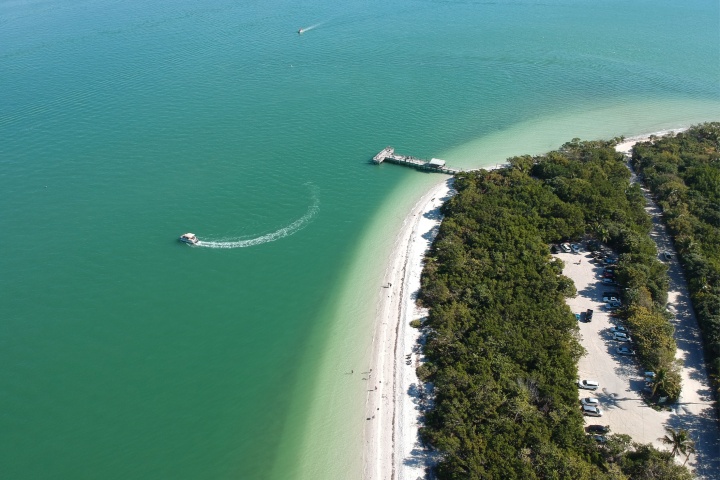
Though you’ll want to make sure you’re close to the Gulf and not far up Charlotte Harbor, this can be a great area for stone crab hunters because there are plenty of eight- to 15-foot depths and channel edges where the crabs like to roam. There’s also not quite as much competition as you’ll find in some of the crabbing grounds closer to major population centers. You’ll usually catch even more crabs if you try the nearshore Gulf. But there’s a catch: since the Gulf is open and exposed, you may not be able to check your traps or go out on a crab-catching excursion if it’s blustery out. Worse for trappers, in areas that are open and exposed to the winter winds it’s not unusual for heavy seas to drag your traps—and your crabs—away from their original location. If that happens, you probably won’t ever find them again. So, choose your timing and your spots carefully.
Rent a boat in Cape Coral or rent a boat in Fort Meyers.
Tampa and St. Pete Beach
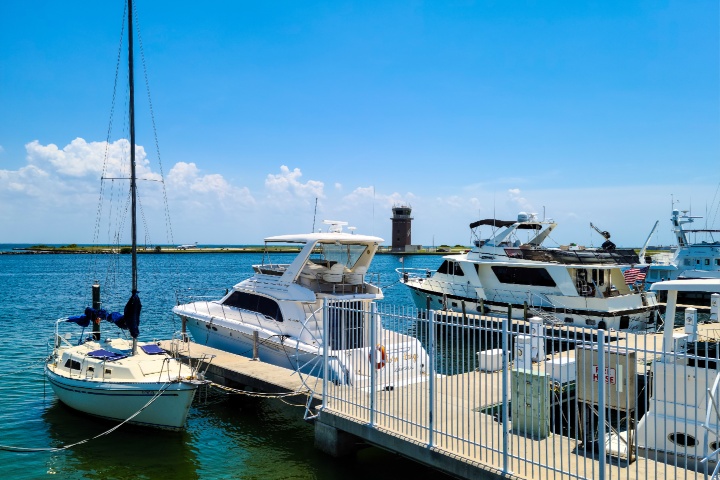 You can catch stone crabs in the Gulf of Mexico and also in the area’s bays. The best spots are generally on the Gulf side in 10 to 20 feet of water, but again, it can be a bit riskier than crabbing in the bay. When setting traps in the bays 10 feet of water is a good target but remember that stone crabs like moving water. Areas that are stagnant and don’t get much current usually won’t hold very many crabs. On the bright side, since these waterways are protected from the breeze you can access them with a lot more reliability.
You can catch stone crabs in the Gulf of Mexico and also in the area’s bays. The best spots are generally on the Gulf side in 10 to 20 feet of water, but again, it can be a bit riskier than crabbing in the bay. When setting traps in the bays 10 feet of water is a good target but remember that stone crabs like moving water. Areas that are stagnant and don’t get much current usually won’t hold very many crabs. On the bright side, since these waterways are protected from the breeze you can access them with a lot more reliability.
Rent a boat in Tampa, FL, or rent a boat in St. Pete Beach.
Miami and Biscayne Bay
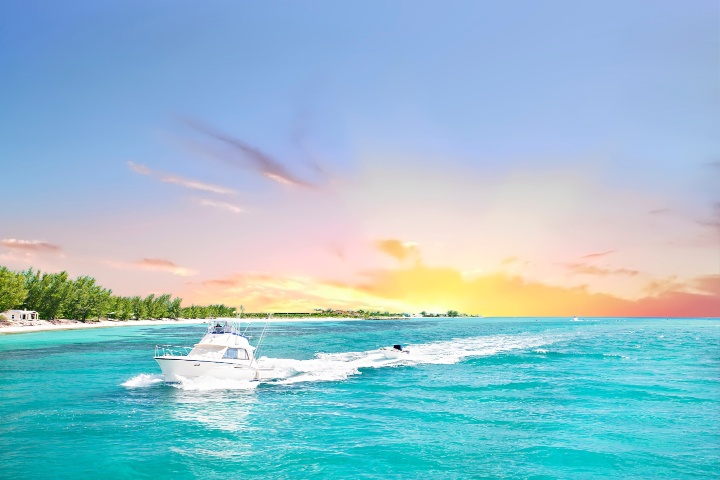
Miami may be a bustling city, but its waterways are bustling with wildlife—including stone crabs. Since the open Atlantic can be quite rough here especially during the winter crabbing season, most people stick to Biscayne Bay. Much of the bay is quite shallow but you can find crabs in five to 15 feet of water. The best areas tend to be along the edges of deeper channels and around bridge pilings or other rocky areas. But again, remember that trying areas with plenty of current is key.
Fort Lauderdale
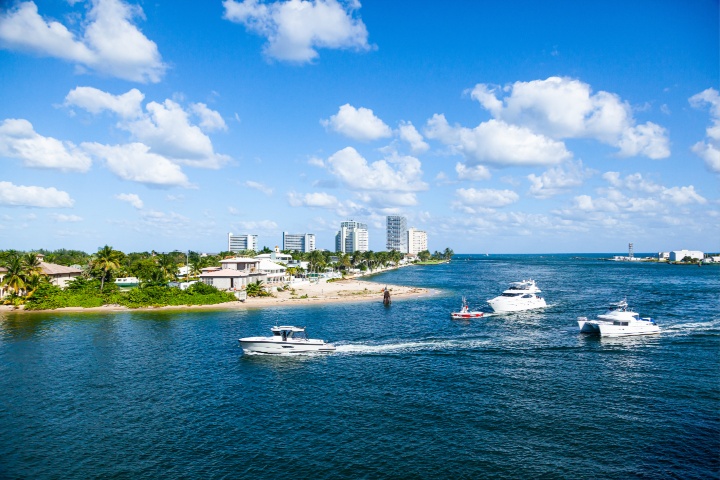
The farther you go up the coast the tougher it will be to catch a pile of stone crabs. Plus, the waters of Fort Lauderdale are quite crowded. Still, that doesn’t mean you can’t catch stone crabs here. Channel edges along the intracoastal where there’s eight to 10 feet of water can work, although one has to remember that lots of boats will be going by and it’s not unusual to lose a large number of traps in heavily populated areas. The bottom line is that if you want to dedicate time and effort to catching stone crabs you’re probably better off heading farther south to areas with larger bays that enjoy strong currents, or to the Gulf coast. But if you happen to find yourself in Fort Lauderdale and have the urge to give it a shot, it certainly is possible to catch a crab or two.
Rent a boat in Fort Lauderdale.
Stone Crab Crabbing Regulations in Florida
The season for crabbing in Florida runs from October 15 through May 1, however, it’s legal to put out traps up to 10 days prior as long as you don’t harvest from them until the season opens. Recreational crabbers can have up to five traps, harvest up to one gallon of claws per day per person but no more than two gallons per boat, and all claws have a minimum size of 2 7/8 inches. Harvesting from egg-bearing females is not allowed. Regulations for harvesting via snorkeling or scuba diving are the same, but it’s illegal to use spears or gear that can puncture or crush the crab.
There are a number of additional details to pay attention to, such as how you register and mark your traps, the makeup of the traps themselves, and how to measure the claws. For a full description of all the rules, check out the Florida Fish and Wildlife Conservation Commission Stone Crab webpage.
Florida Crabbing Tips
- You’re allowed to keep both claws, but many people frown upon the practice and only keep one. That gives the crab a better chance of survival.
- Be careful in how you remove the claws from the crabs, as this also has an impact on their survival. Simply insert the tip of a knife or sharp object into the underside of the “elbow” joint halfway up the claw and give it a wiggle. Then the crab will drop the claw off all on its own.
- Before you go crabbing with traps, go fishing. Fish heads and bodies make excellent bait.
- Stone crabs get active when strong cold fronts push through. So when one’s heading your way, setting out traps with fresh bait is a good move.
- Use a line at least twice the depth of the water. But don’t use more than three times the water depth or a lot more line will be near the surface, where it’s likely to be snagged or cut off by a boat propeller.
- Wear thick, rugged gloves when diving for stone crabs. They hide under rocks and in crevasses and you’ll have to reach in there to get them out.
- If a crab pinches you, don’t pull back or they won’t let go. Instead just sit tight and don’t move, and the crab will let go all on its own. It will be painful for a second or two, but it won’t do any permanent damage
About us
Boatsetter is the leading online marketplace for boat rentals and on-water experiences. Download the Boatsetter app (App Store | Google Play) and follow us on Instagram.
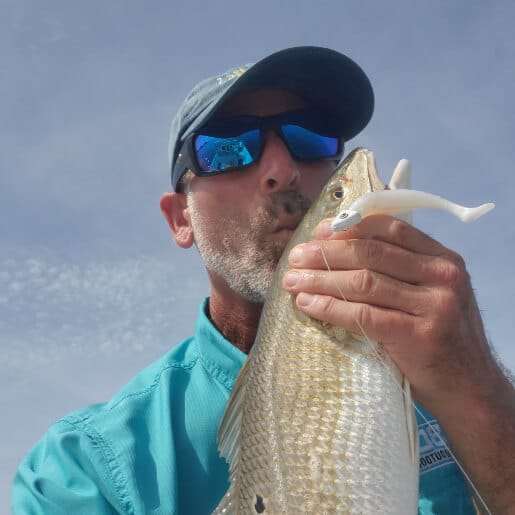
With over three decades of experience in marine journalism, Lenny Rudow has contributed to dozens of boating and fishing publications and websites ranging from BoatU.S. Magazine to BDOutdoors.com. Rudow is currently the Angler in Chief at Rudow’s FishTalk, he is a past president of Boating Writers International (BWI), a graduate of the Westlawn School of Yacht Design, and has won numerous BWI and OWAA writing awards.
